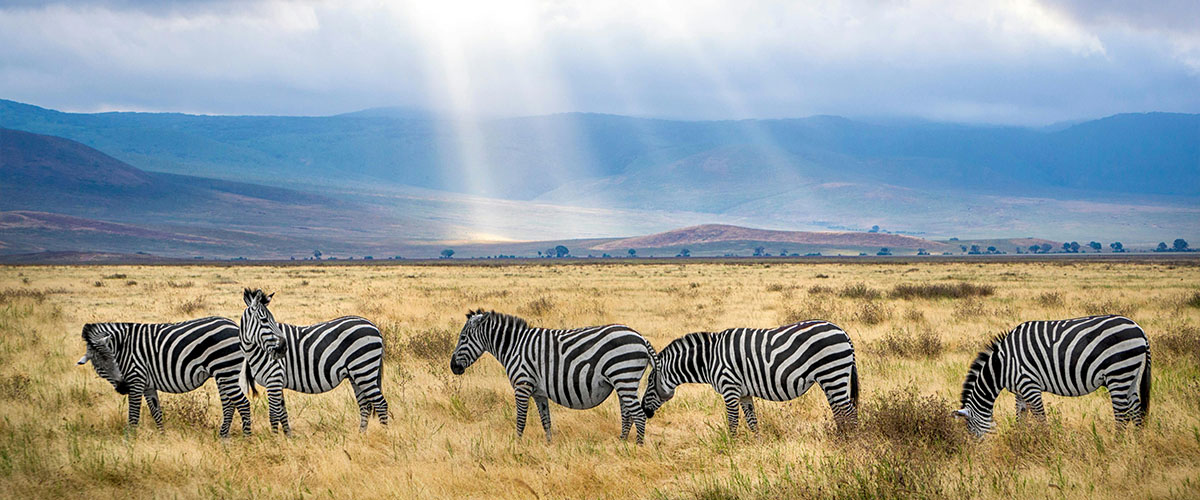A Tanzania safari is a dream for many travelers, offering the chance to witness the Great Migration, encounter iconic wildlife like lions, elephants, and giraffes, and explore stunning landscapes. However, the cost of a Tanzania safari can vary widely, depending on several factors.
Key Factors Influencing Tanzania Safari Costs
- Luxury Lodges:
Indulge in opulent accommodations, gourmet dining, and exceptional service at luxury lodges. Expect to pay a premium for this level of luxury, with prices starting at around $2,360 per adult per night. - Mid-Range Camps:
For a good balance of comfort and affordability, mid-range camps offer comfortable accommodations and decent meals. Prices typically range from $300 to $600 per adult per night. - Budget Camps and Tented Camps:
If you’re looking for a budget-friendly option, budget camps and tented camps offer basic accommodations and simple meals. Prices typically range from $120 to $300 per adult per night.
2. Park Fees:
Tanzania’s national parks, like Serengeti, Ngorongoro Crater, and Tarangire, charge entrance fees. These fees can vary depending on the park and how long you plan to stay. For instance, a daily adult fee in Serengeti is $82.6 (VAT included), while in Tarangire National Park, it’s $59 (VAT included).
3. Transportation:
- Flight Transfers: You can conveniently fly from major tourist towns to remote safari destinations. Keep in mind that you’ll still need a safari vehicle for game drives within the national parks. Flying is a time-saving and efficient way to reach these parks, however it costs more to fly than transfer by safari vehicle.
- 4×4 Vehicle Transfers: Standard transfers to safari destinations are typically made by 4×4 vehicles, which can be arranged through your safari company like Amet Adventures. This option is generally more affordable than flying.
- Guided vs. Self-Drive: While self-driving is possible in many safari destinations, we strongly recommend hiring a professional guide. A knowledgeable guide can significantly enhance your safari experience by providing valuable insights into the wildlife, ecosystems, and local culture.
4. Meal Plans:
- Full Board: Includes all meals (breakfast, lunch, and dinner).
- Half Board: Covers breakfast and dinner.
- Self-Catering: Requires you to prepare your own meals.
5. Duration of Safari:
The length of your safari significantly impacts the overall cost. Generally, shorter safaris are more budget-friendly, while longer trips tend to be more expensive.
6. Group Size:
Your group size can also influence the cost. Larger groups often benefit from economies of scale, leading to lower per-person costs compared to smaller groups.
7. Private vs. Group Safari:
Private safaris, tailored to your specific preferences, typically cost more than joining a scheduled group safari.
8. Activities:
- Game Drives: The cornerstone of any Tanzania safari experience.
- Hot Air Balloon Safaris: A unique and breathtaking way to view the landscape.
- Walking Safaris: A more immersive and intimate experience.
9. Seasonality:
- Peak Season (June to October): This is the best time to witness the Great Migration and other wildlife. Prices are higher during this period.
- Green Season (November to March): The landscape is lush, and wildlife is more dispersed. Prices are generally lower.
Additional Tips:
- Research Travel Insurance: Protect yourself from unexpected expenses by purchasing comprehensive travel insurance.
- Pack Appropriately: Pack comfortable, practical clothing and suitable footwear for outdoor activities.
- Respect Wildlife: Adhere to park rules and regulations to ensure the safety of both wildlife and humans.
- Hire a Reputable Tour Operator: Choose a reputable tour operator to guarantee a smooth and enjoyable safari experience.
By carefully considering these factors and following these tips, you can plan a Tanzania safari that perfectly aligns with your budget and preferences.



